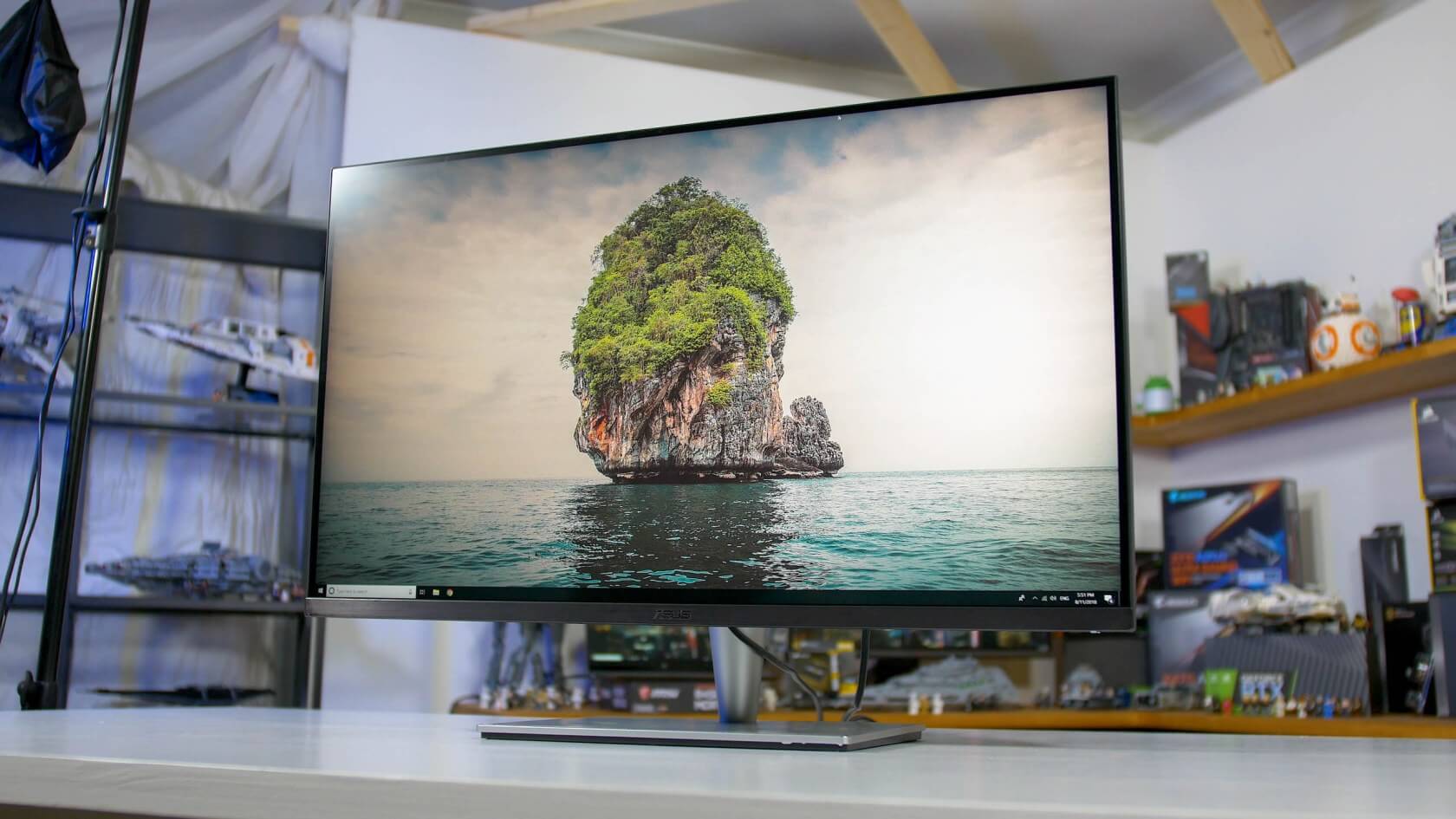You're the first person I've seen mention VA black crush, which I experienced with an Insignia 32" 1080p TV I used as a monitor for a few years. I kinda got used to it but it was nice to replace that with an IPS 1440p ultrawide... uuuuntil I saw the backlight glow. I still have it as the color linearity is marginally better than the nice blacks and contrast, but damn I want both.
And of course now I really want a 144Hz gaming monitor. Picky bastard.
Hee hee 9 months later and I just got exactly that. LG 32" 1440p VA 144Hz, the one Tim recommends. Here are my impressions of going from 34" 1440pUW 60Hz IPS to 32" 1440P 144Hz VA.
Immediately on plug in it of course looks worse and I had some color calibration on the IPS beforehand. With some user calibration the VA looks fine. The VA panel is a 6-BPP panel with interpolation so on occasion you will see the pixel flipping. Initially jarring after an 8BPP IPS and only visible under certain conditions, I notice it maybe 5% of the time. Text "looks" slightly worse. Hard to describe but I really recommend IPS for office work over VA. But I don't do office work on this computer any more.
Black levels are better but it's a noticeable difference, not a gigantic one. I opted against the 144Hz LG IPS panel Tim also recommends because of the low contrast in that unit, which suggests worse IPS glow than average. My biggest complaint about my IPS ultrawide was the IPS glow. I really disliked it and couldn't wait for it to go. Glow is much lower with this VA panel, but you need to be in the sweet spot. I think the VA glow from the edges might be too annoying in anything bigger than a 32". I could see a 40" being quite annoying.
Shape change is not such a big deal as for gaming I just widen the FOV and take in a bit more top and bottom. So 144Hz is for gaming, how's that worked out?
Rocket League is slam dunk better, exactly what I had hoped/expected. Just a more solid representation of what's going on on the screen. It *feels* like I'm playing better but who knows, eh? There is definitely a big improvement to lag to where I had to adjust a bit at first. You adjust quickly.
Tomb Raider (2013) was exactly the same, but I see what people say about what feels like a bit of dark level lag at 144 fps as that's where VAs have the most transition lag. It's a dark game (RL is bright) so it's noticeable but overall the play is noticeably better at 144fps even with this slight dark smearing.
Minecraft: Ehhh, 144fps doesn't work in this game. Mostly as you can't set 144 in-game, you only get 10FPS steps (140 or 150). The monitor has a 120FPS setting I need to try but it was so jarring at 144 that I haven't tried it again.
Ark:SE: this game looks like crap and is low fps so I max out at 80fps, running about 60 or so on average. Adaptive sync works fine but I don't like blitzing my 1080 for crap quality so I just set the monitor to 60Hz and play there.
Asetto Corsa looks and plays spectacularly. Bright, 144FPS, perfect. Too bad I suck at driving games. Dirt Rally is the same with lower fps and AS makes that look good. I haven't done a night run yet to look for smearing but you need to bust your headlights to really see that.
I probably played some other games but I don't remember. Overall for gaming 144FPS is awesome, even on VA. Not going back to IPS and it's glow. IPS is great for color and office work and I'm typing this on one of those. In my office.
